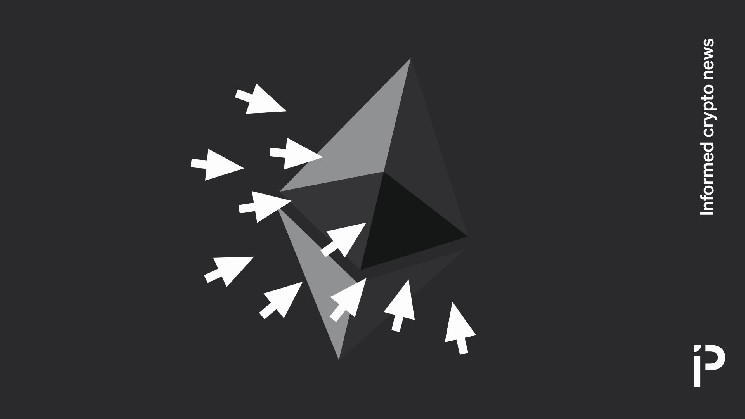The Ethereum Layer 2 market is currently being dominated by three key protocols: Arbitrum, Optimism, and Base. These protocols are competing for a share of the $52 billion decentralized finance (DeFi) market, with bullish investors even speculating that layer 2 solutions could potentially challenge Ethereum’s $220 billion market cap or even rival alternative blockchains like Solana or Avalanche.
While layer 2 solutions are often referred to as simply speeding up transactions on a layer 1 blockchain, they are essentially separate blockchains that publish data onto a base blockchain. Arbitrum and Optimism were among the earliest major competitors in this space, with both protocols currently trading within 5% of a $3.2 billion fully diluted valuation.
Base, on the other hand, is a corporately incubated layer 2 protocol that does not have a native token. Instead of conducting an initial coin offering (ICO) or airdrop, Base rewarded its corporate founder Coinbase with savings on transaction fees. The protocol has also leveraged its social media following to promote various offshoot projects that issue their own tokens, such as Zora (ZORA) and BaseIsForEveryone.
Optimism has pursued a growth strategy centered around corporate partnerships, even licensing and white-labeling its technology for partners like Base. While these partnerships may provide revenue kickbacks for tokenholders, there are concerns about the long-term value of Optimism’s native token (OP) due to certain contractual provisions in these agreements. Despite Base utilizing Optimism’s technology, it has emerged as a direct competitor that benefits Coinbase more than OP tokenholders.
Arbitrum, in contrast to Optimism, has maintained most of its liquidity on its main blockchain. The protocol’s revenue is primarily attributed to ARB tokenholders, as opposed to off-chain transactions. With an estimated total value locked (TVL) of $2.3 billion and a bridged TVL exceeding $11 billion, Arbitrum has seen significant growth. The protocol has also encouraged the development of additional chains that operate their own transaction sequencers, further expanding its ecosystem.
Base, supported by Coinbase, boasts a TVL of approximately $3 billion and a bridged TVL of $14 billion. The protocol claims to offer transaction fees of less than one cent, making it a cost-effective alternative to Ethereum and Solana. Despite this, base chain fees have reached millions of dollars in a 24-hour period, indicating strong user activity.
Overall, the competition between Arbitrum, Optimism, and Base is heating up in the Ethereum Layer 2 market. Each protocol offers unique features and benefits, catering to different user needs within the DeFi ecosystem. As the space continues to evolve, it will be interesting to see how these protocols differentiate themselves and attract users in this rapidly expanding market.

